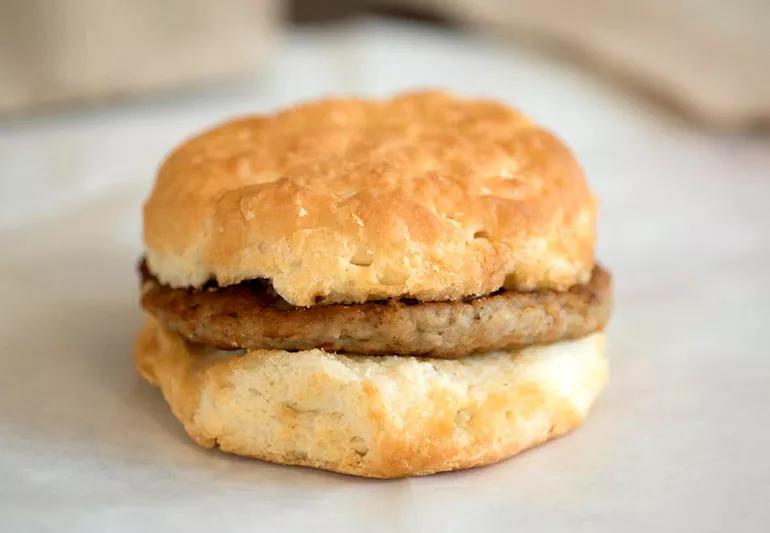Don’t use these foods to fuel your body

The best breakfast foods give you fuel in the tank for energy that lasts. They boost your metabolism, fight disease and help keep your weight down. The worst breakfast foods do just the opposite. They lead to mid-morning crashes, wreak havoc on your metabolism, encourage disease and can cause weight gain.
Advertisement
Cleveland Clinic is a non-profit academic medical center. Advertising on our site helps support our mission. We do not endorse non-Cleveland Clinic products or services. Policy
Registered dietitian Kate Patton, MEd, RD, CSSD, LD weighs in on the worst breakfast food options.
Advertisement
Advertisement
Learn more about our editorial process.
Advertisement

Edamame, lentils and chicken breast are good sources of protein

Too much sodium can cause high blood pressure and increase your risk of heart disease

Eating too much salt can put extra pressure on your blood vessels and heart

High in antioxidants and vitamin C, kohlrabi lowers disease risk, protects your heart and aids digestion

The gluten-free, fiber-rich superfood supports gut and heart health and can help with diabetes management

Wasabi root may protect against cancer, food poisoning and memory loss

Limes and lime juice are rich in vitamins, minerals, antioxidants and other nutrients

This herbal drink may ease allergies and boost prostate health

Start having sex about 72 hours before ovulation, then at least every other day during your fertile window

Attachment theory suggests that your earliest relationships shape connections throughout your life

It isn’t a recognized mental health disorder, but research shows that problematic social media use can negatively affect your mental health, self-esteem and sleep